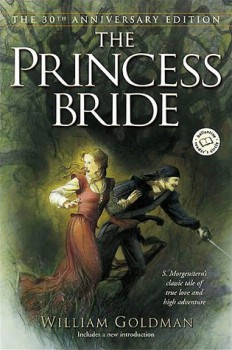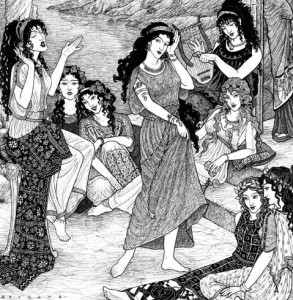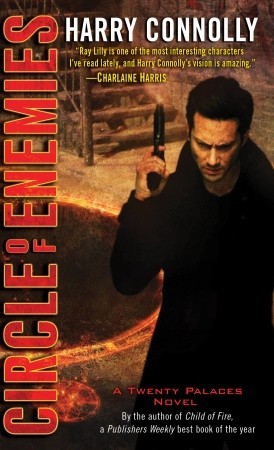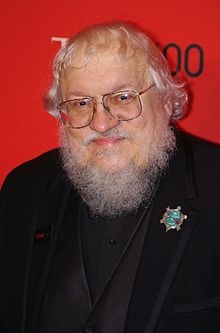Sorry, Can You Say That Again?
 An actor was once asked, “Did you speak German in the film?” He answered, “Well, we spoke ‘movie German’, you know, British actors using German syntax.”
An actor was once asked, “Did you speak German in the film?” He answered, “Well, we spoke ‘movie German’, you know, British actors using German syntax.”
We’re all familiar with that phenomenon, aren’t we? Though nowadays we’re just as likely to get the actual language with subtitles, at least for short bits of dialogue. That’s fine for film, but it does make you wonder, how do writers deal with the language issue? Especially those of us writing Fantasy or SF?
After all, we’re not all linguistics professors capable of making up a complete language (or more than one, if it should be needed) like you-know-who.
Regardless of what language I might use to speak to friends or family, I write novels in English. And like most of my colleagues in the fantasy-writing world, few, if any, of my characters are either English or English speakers.
Back in the day, when one of the standard conventions of fantasy literature was the stranger-in-a-strange-land (human from our world transported into the secondary world) the issue of language got dealt with in different ways.
CS Lewis ignored it, essentially, in the Chronicles of Narnia, where all the Narnians at least (including the animals) speak British English (and in Calormen, they speak with an Arabian Nights syntax).
As the genre evolved, writers like Barbara Hambly had their primary world characters simply learn the new language, while others had wizards or other magic users intervene to solve the problem magically – what we now consider “the old translation spell ploy.”




 Kids under age six are not lying to you, not exactly. When they want something to be true, they genuinely cannot tell that it isn’t. When they fear something might be true, no amount of reassurance is enough, because
Kids under age six are not lying to you, not exactly. When they want something to be true, they genuinely cannot tell that it isn’t. When they fear something might be true, no amount of reassurance is enough, because 


 I confess: I’m horror-illiterate. Being horrified on my way to some other reading experience is often worthwhile, but reading just to poke my
I confess: I’m horror-illiterate. Being horrified on my way to some other reading experience is often worthwhile, but reading just to poke my  No wonder the writer I was back in college never finished anything big. She lacked the patience for the kind of slog I’m slogging through now. She knew some nice tricks — could turn out a kickass sonnet in two hours by writing backwards, last line to first — but if she had ever managed to produce a complete book-length draft, she would have wandered off to a next never-to-be-finished project once the revision got tough. She would not have been game for as many rounds of tightening, fact-checking, and continuity repairs as I have had to do for the novella collection I’m sending off to its small press publisher next week.
No wonder the writer I was back in college never finished anything big. She lacked the patience for the kind of slog I’m slogging through now. She knew some nice tricks — could turn out a kickass sonnet in two hours by writing backwards, last line to first — but if she had ever managed to produce a complete book-length draft, she would have wandered off to a next never-to-be-finished project once the revision got tough. She would not have been game for as many rounds of tightening, fact-checking, and continuity repairs as I have had to do for the novella collection I’m sending off to its small press publisher next week.